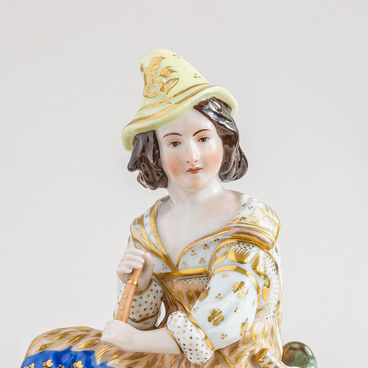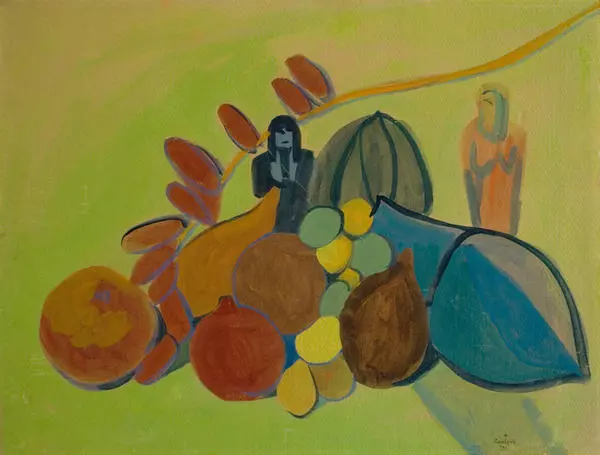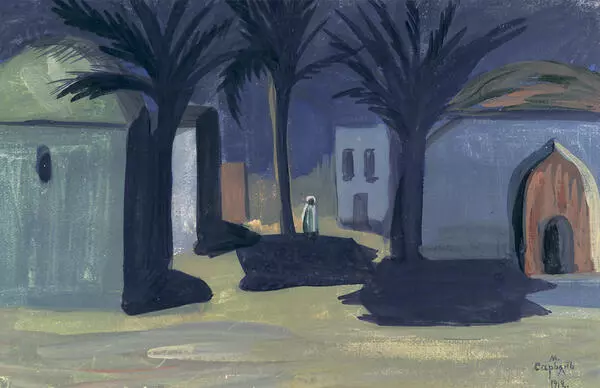Martiros Saryan was born in the city of Nakhichevan-on-Don (now part of Rostov-on-Don, Russia) in the family of an Armenian farmer. His parents noticed his artistic abilities and decided to send him to study in Moscow. In the fall of 1897, Saryan entered the Moscow School of Painting, Sculpture and Architecture, where he studied in the workshops of Valentin Serov and Konstantin Korovin. At the school, Saryan developed a close friendship with his classmates Pavel Kuznetsov, Pyotr Utkin and other young symbolists. In the 1900s, he often participated with them in exhibitions of the artist associations ‘Crimson Rose’, ‘Blue Rose’, ‘Venok’ (‘Wreath’), ‘Golden Fleece’.
For the first time, Saryan visited his historical homeland in 1901. Armenia impressed the young artist by its bright colors and breathtaking views. In 1910-1913, he visited Turkey, Egypt, Persia (Iran) and, inspired by his travels, created a themed series of paintings.
In 1915, the artist moved to Tiflis (now Tbilisi), where he married Lusik Aghayan, the daughter of the famous teacher and children’s writer Ghazaros Aghayan. After the October Revolution, Saryan moved to Russia with his family. In 1918-1919, he lived in Nakhichevan-on-Don, where he became the first director of the Armenian Museum of Local Lore. In 1921, he moved to Armenia, and at that time the main theme of his paintings became the nature and people of this region.
In 1926, Saryan managed to realize his old dream — he traveled to Paris. For three years he lived and worked in the French capital and even organized an exhibition at the Girard Salon. Famous art critic Louis Vauxcelles wrote the foreword to the catalogue of Saryan’s paintings, in which he coined the famous phrase:
For the first time, Saryan visited his historical homeland in 1901. Armenia impressed the young artist by its bright colors and breathtaking views. In 1910-1913, he visited Turkey, Egypt, Persia (Iran) and, inspired by his travels, created a themed series of paintings.
In 1915, the artist moved to Tiflis (now Tbilisi), where he married Lusik Aghayan, the daughter of the famous teacher and children’s writer Ghazaros Aghayan. After the October Revolution, Saryan moved to Russia with his family. In 1918-1919, he lived in Nakhichevan-on-Don, where he became the first director of the Armenian Museum of Local Lore. In 1921, he moved to Armenia, and at that time the main theme of his paintings became the nature and people of this region.
In 1926, Saryan managed to realize his old dream — he traveled to Paris. For three years he lived and worked in the French capital and even organized an exhibition at the Girard Salon. Famous art critic Louis Vauxcelles wrote the foreword to the catalogue of Saryan’s paintings, in which he coined the famous phrase:







